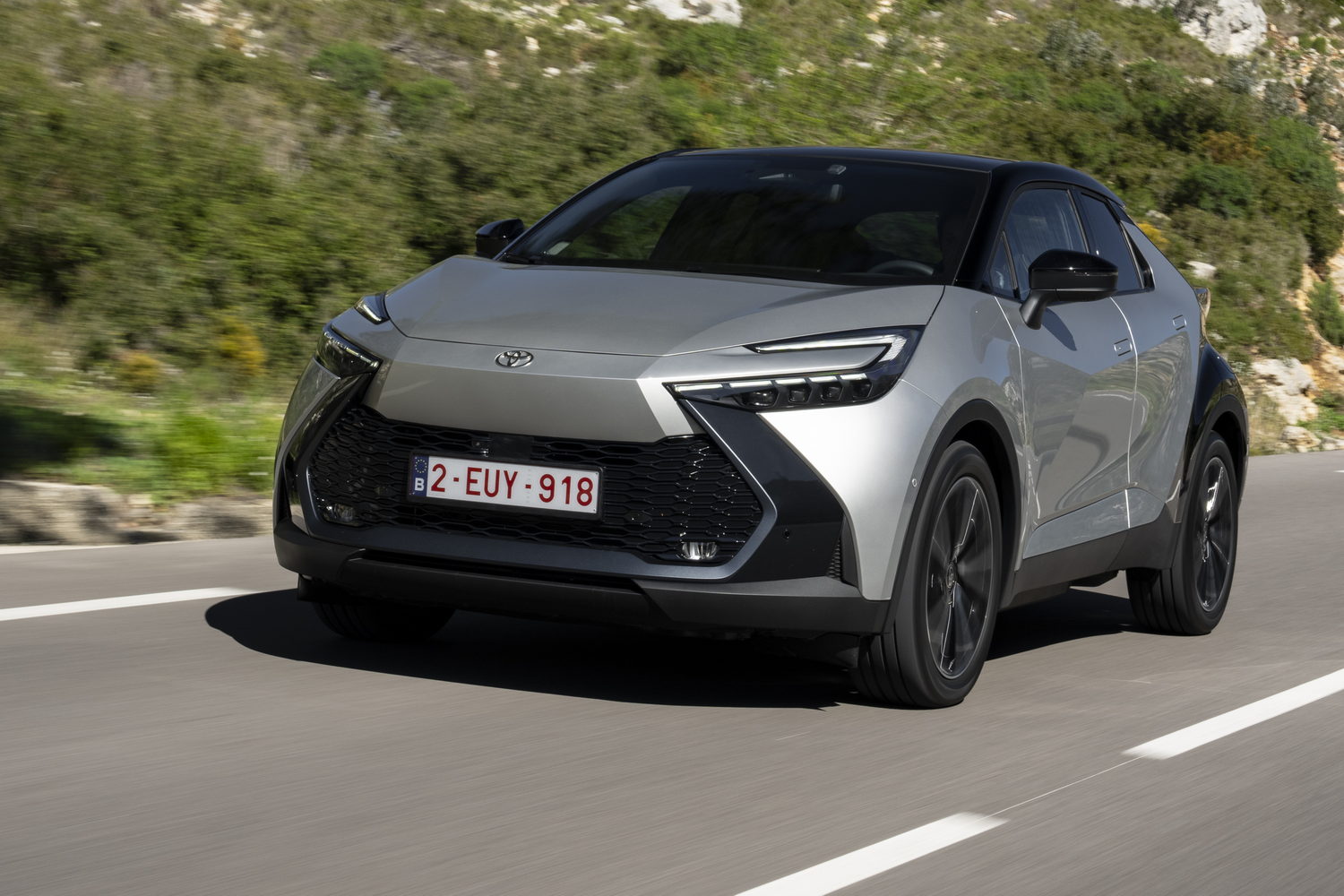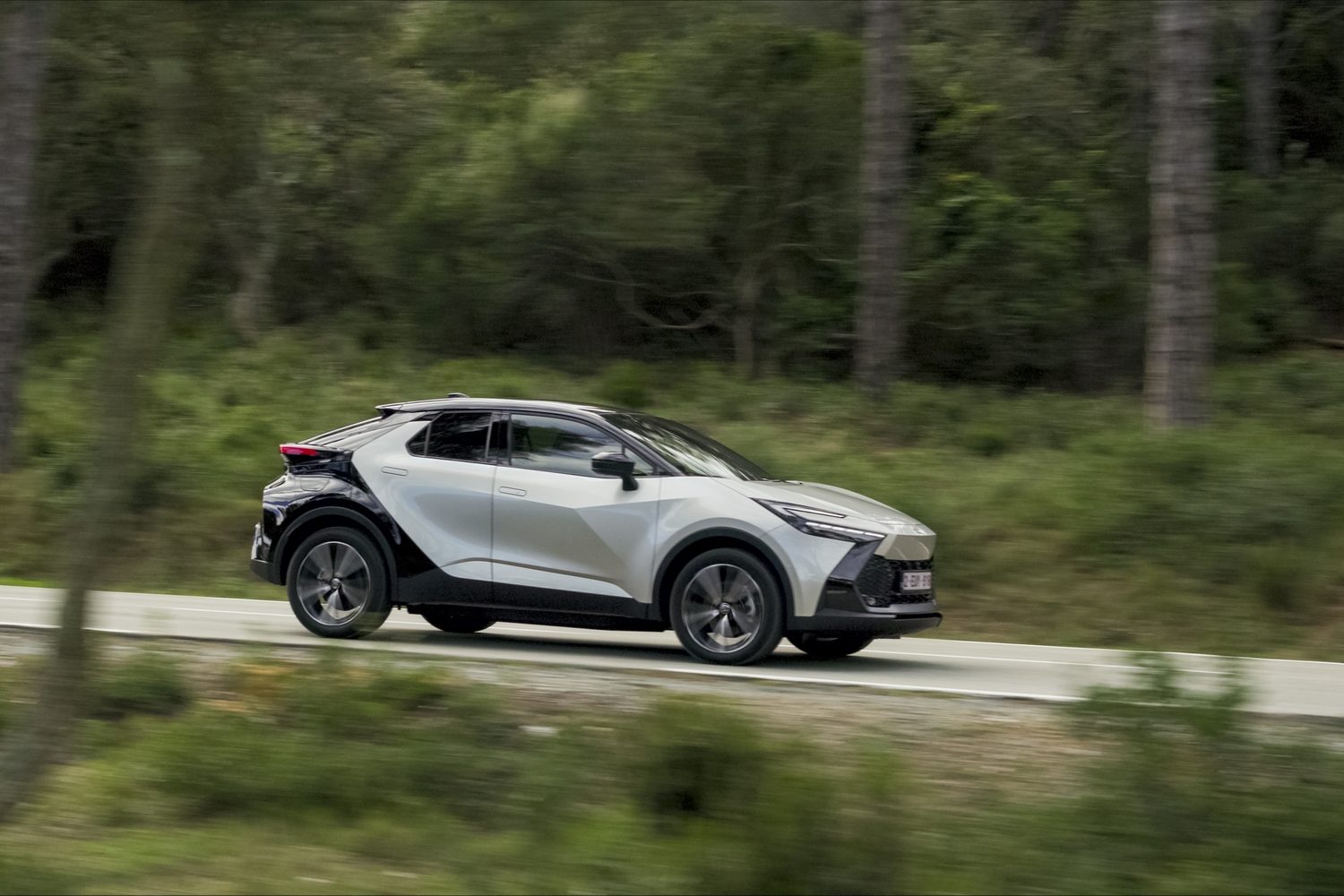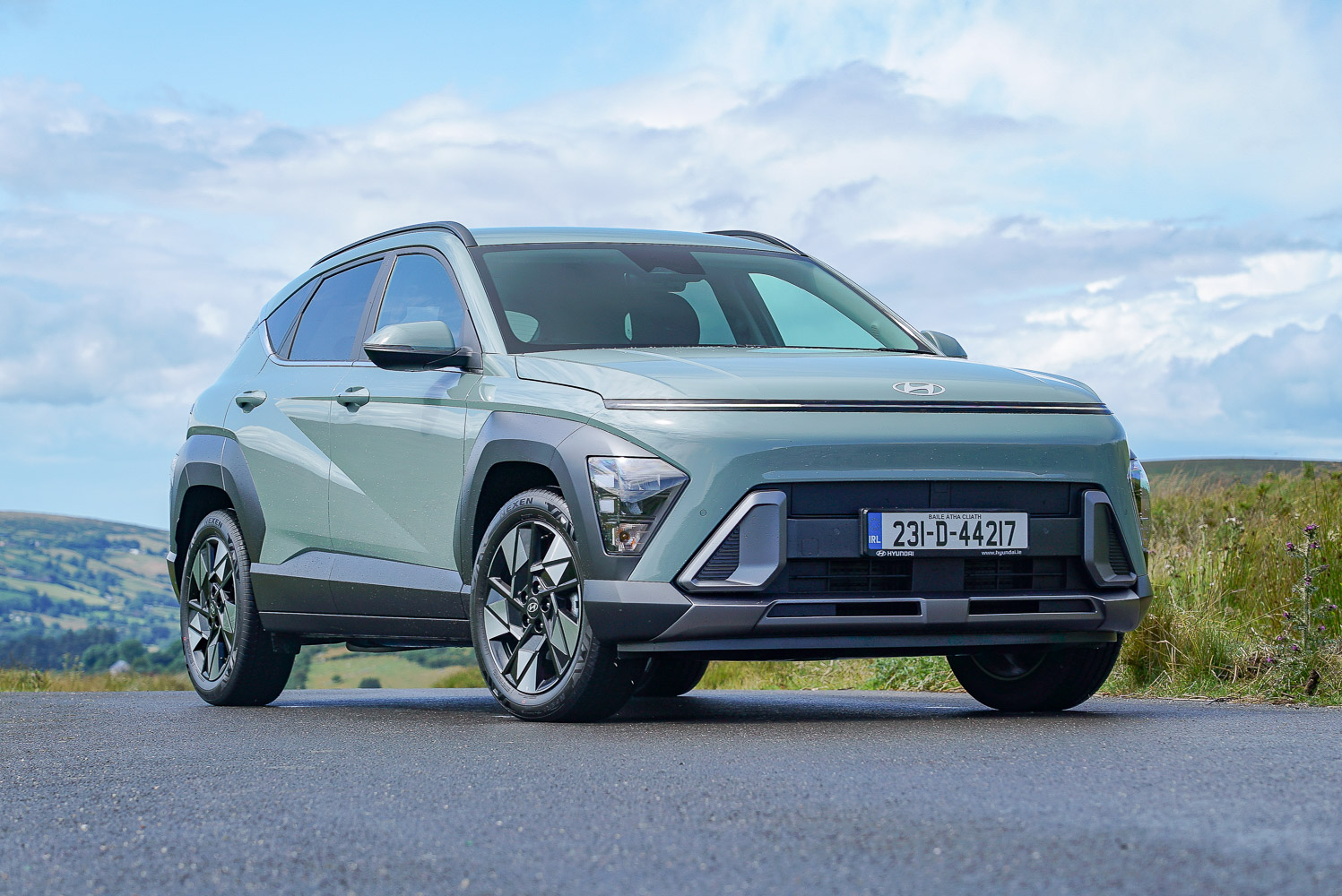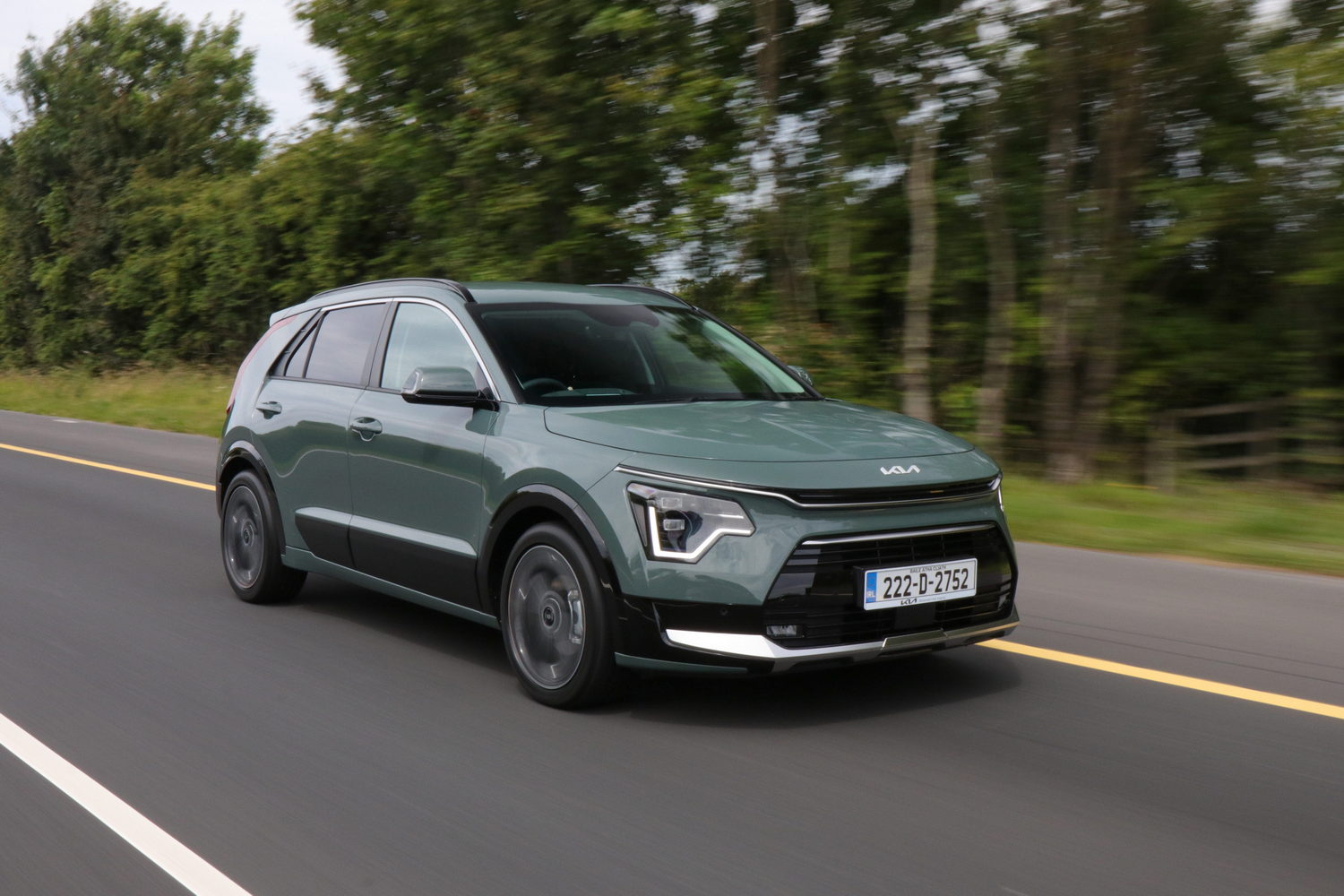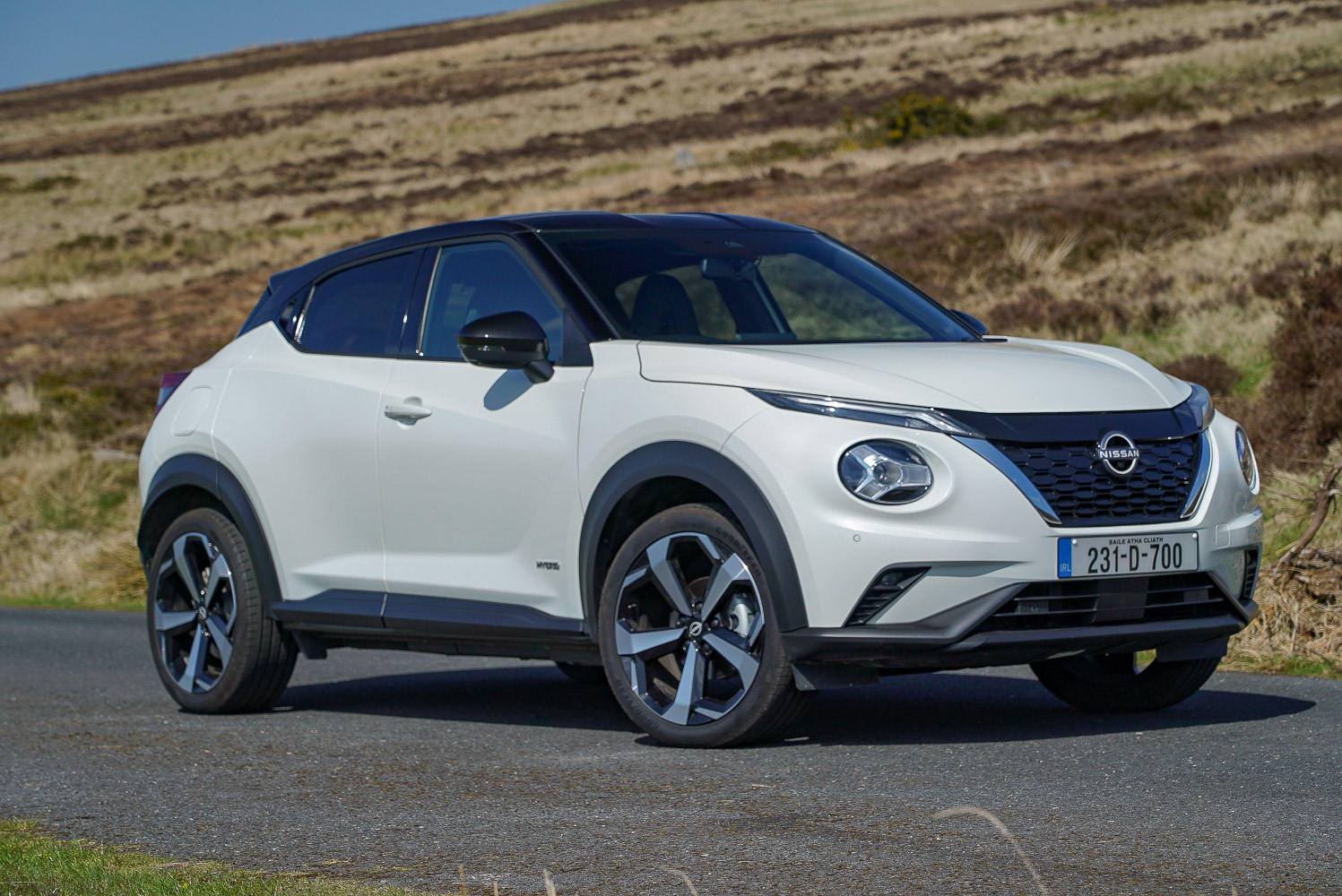The second-generation Toyota C-HR was launched with two hybrid options. Now, that range is expanding with the introduction of a plug-in hybrid powertrain that will significantly increase how far the stylish crossover can travel using only electric power.
In the metal
The Toyota C-HR is strikingly attractive, especially as this top-spec Premiere Edition, which benefits from the full effect of the two-tone paintwork draping the rear end (and roof) in a contrasting gloss black. Opt for the Sport+ or Sol versions, and only the A-pillars and roof are black.
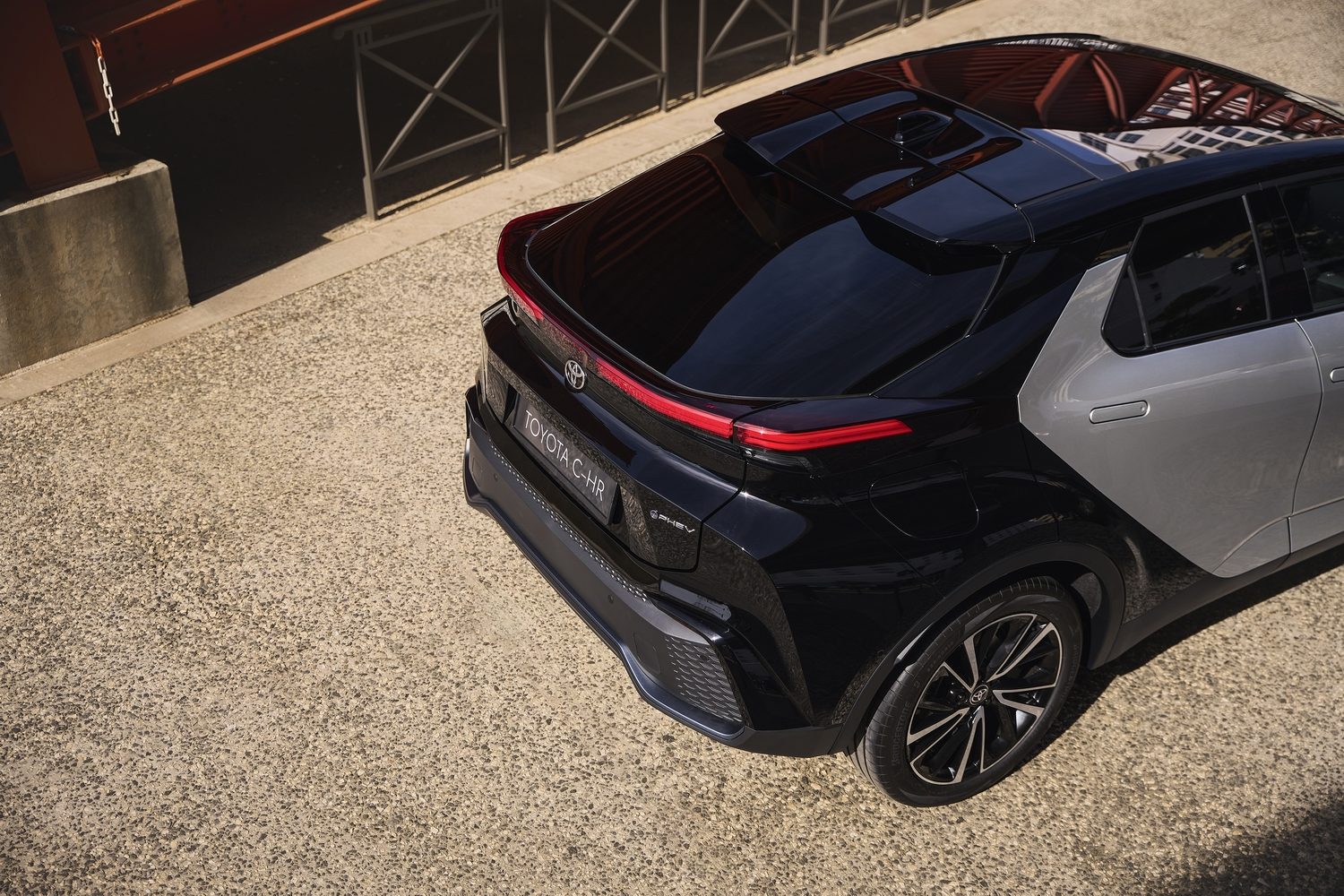
Its design is a big step forward from the previous generation, which itself was a bold statement at the time for Toyota. There are much sharper lines now, with dramatic creases in the side profile and C-shaped headlights that have a similar look to those on the equally stylish Toyota Prius. The large mesh-like front of the C-HR and angular bumper (if you can even call it a bumper), flush-fitting door handles and arrow-like rear door outline make this more sci-fi than conventional crossover. Some will like it, and some won't, but what is certain is that the days of Toyota's once-conservative designs are over.
The C-HR is not without its shortcomings, though. The sloped rear window doesn't have a wiper as it was deemed unnecessary due to the car's aerodynamics, but we'd rather it had one. The first-generation C-HR took some flak for having a dark and claustrophobic rear passenger compartment and, while space has marginally improved, it's still not as bright and airy inside as some rivals are. The lack of rear air vents and only a single USB-C charge port feels parsimonious of Toyota given the car's price tag, too.
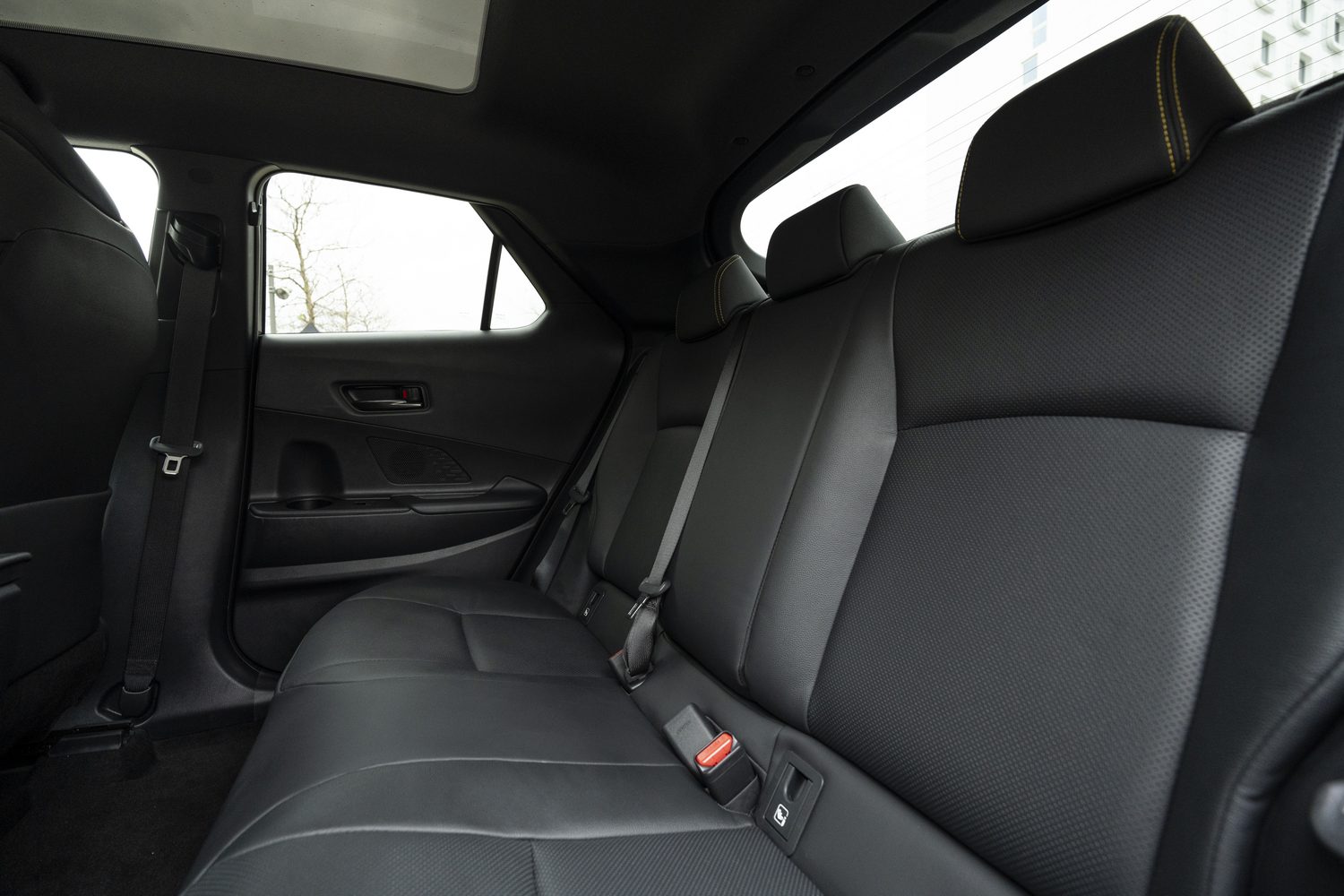
Specific to this new PHEV model, due to the hardware packaging constraints of the plug-in hybrid powertrain, the boot space reduces to 310 litres (down from 388 litres in the 1.8 Hybrid), though thankfully the 60:40 split-folding rear seats can still drop to increase cargo volume to 1,076 litres.
Things are better up front, specifically from the driver's seat, which has a cockpit feel to its layout. The round steering wheel is sized just right, with proper physical buttons on it, and there's plenty of scope for adjustment for anyone to find a suitable driving position. Our test car was equipped with 12.3-inch digital instrumentation and a colour head-up display, while the infotainment system is a matching 12.3-inch touchscreen.
It's pleasing to see Toyota sticking with physical buttons for its climate systems, which in the case of the C-HR is located below the central touchscreen. The cabin features some thin strips of ambient lighting, too, helping to brighten up the interior. Lower-grade models get grey upholstery as opposed to the black leather of this Premiere Edition.
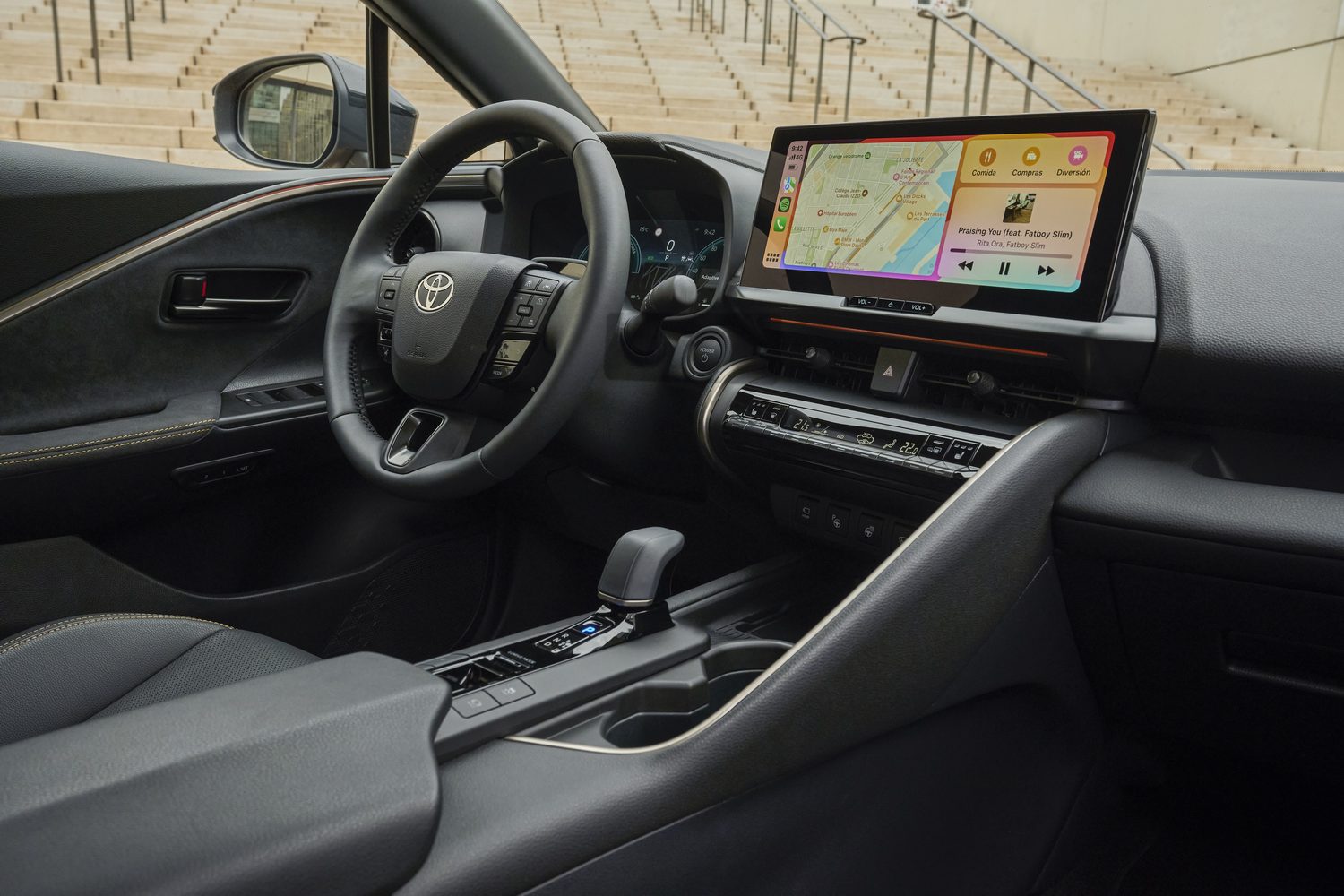
Externally, there's little to differentiate the PHEV from other C-HR versions. On the rear hatch, there is a subtle PHEV badge, but other than that, only the additional battery charging flap on the rear wing tells you that this is any different.
Driving it
Every time you start a journey in the C-HR PHEV, it will default to fully-electric mode, using energy from the hybrid battery and it will run in electric mode until the charge depletes. The C-HR uses a 13.6kWh lithium-ion unit, the same as in the Prius plug-in hybrid, and that has sufficient energy for 66 kilometres of electric-only driving in WLTP conditions.
Paired with that is an electric motor and the same 2.0-litre four-cylinder petrol engine found in the more powerful of the two C-HR hybrids. With a system maximum power output of 223hp, the PHEV is the most powerful variant in the C-HR line-up, though this is a car that's more about efficiency than outright performance.
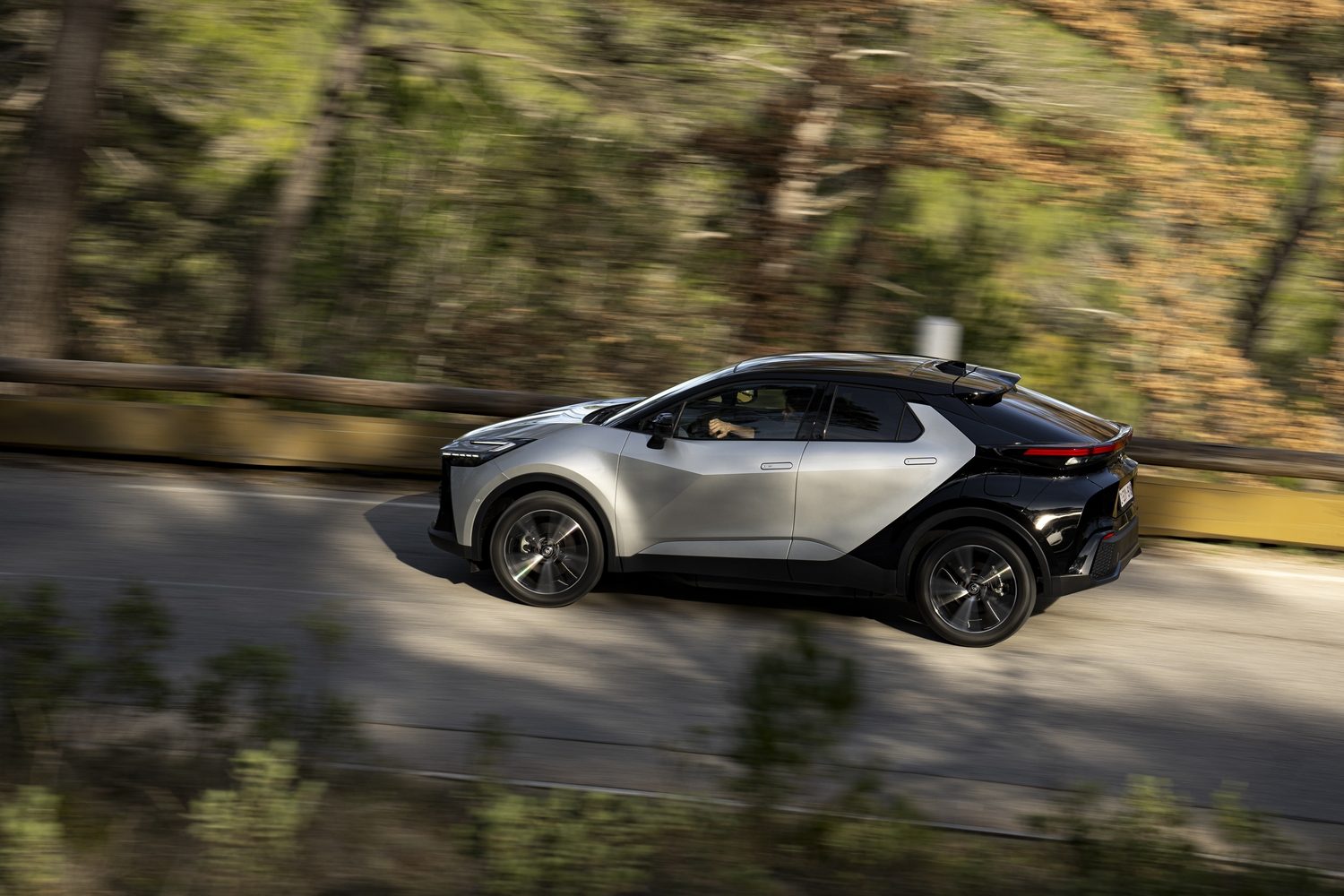
In its electric mode, the motor pulls the C-HR along quite easily. Both ride comfort and refinement are decent and mixed with the size and agility of the Toyota, it's a match for any of the pure electric cars of a comparable size. While it might lack the (often over-the-top) power outputs of some of the current crop of EVs, it has the right amount of real-world performance for something in this segment.
Obviously, as in all plug-in hybrids, how much electric driving you get out of the C-HR will depend on your dedication to charging the battery when the car is not in use. There should be enough energy capacity in the battery to cover average daily commutes, especially those in urban settings. When it does discharge the battery, the C-HR reverts to being a regular hybrid and does this very well.
That does present the question of whether the PHEV is worth the extra outlay, as even Toyota says that a conventional C-HR hybrid can do as much as 50 per cent of its urban driving in electric mode, and that's with a far smaller battery that doesn't require plugging in. Of course, you can drive further and at higher speeds on electric power in the PHEV.
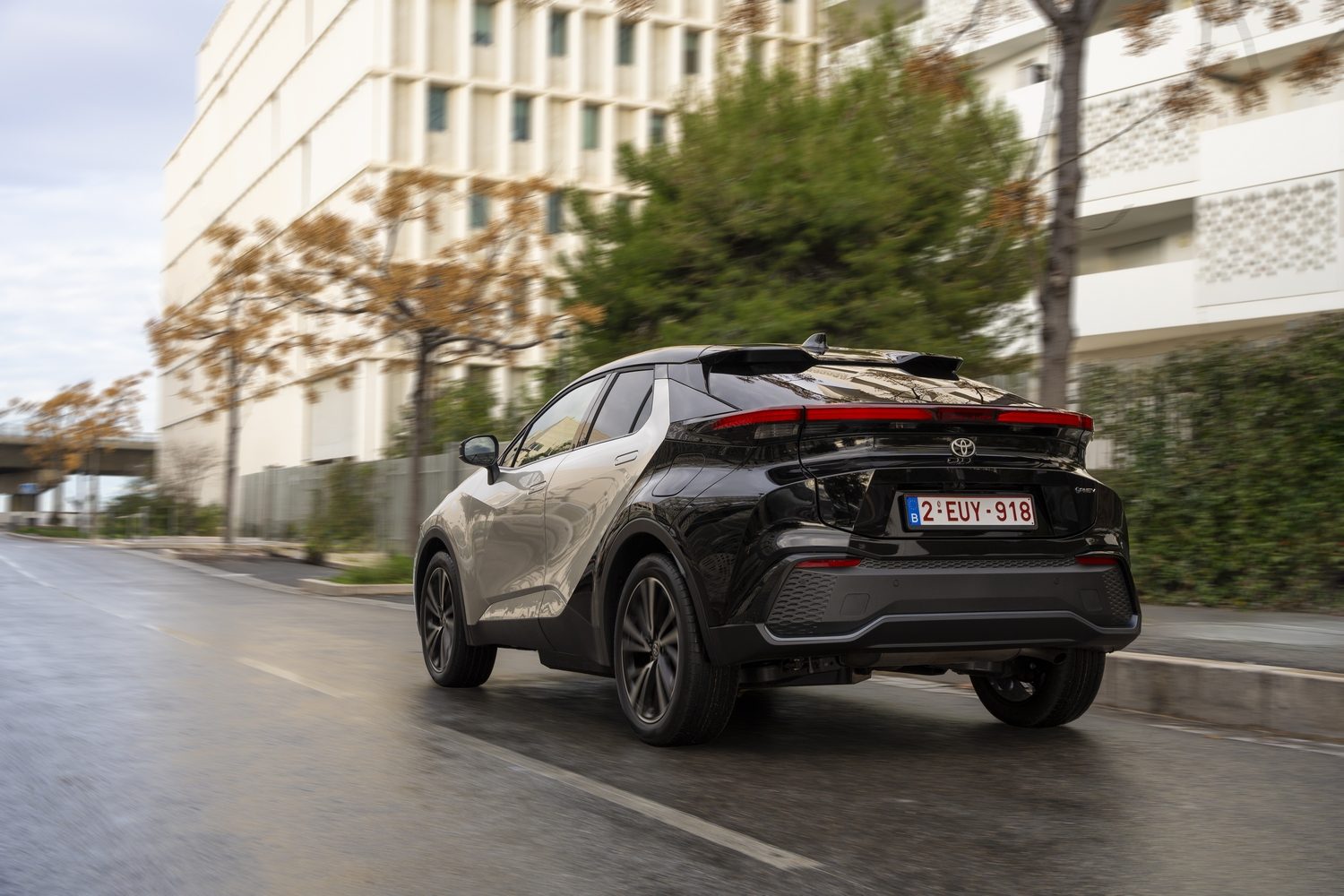
What the C-HR PHEV also has is crisper response when you demand more of its performance. The automatic transmission has lost much of the elasticity that had become a hallmark of older hybrid cars, resulting in high-revving engines with a lengthy delay before the car's speed would catch up. Toyota's hybrid powertrain is much improved from that and while the engine will still rev freely, it feels closer to the operation of a regular automatic transmission.
The C-HR PHEV also gets upgraded suspension components. The ZF frequency sensitive control (FSC) technology uses a hydro-mechanical setup to increase damping forces at lower frequencies to improve body control and bump absorption at lower speeds and reduce damping forces at higher frequencies to enhance comfort.
The result is a car that remains largely free from pitch and roll when being driven at normal speeds yet doesn't have an overly firm or harsh ride. Steering feel could be better, though for the most part the C-HR feels nimble and in tighter confines is very easy to manoeuvre.
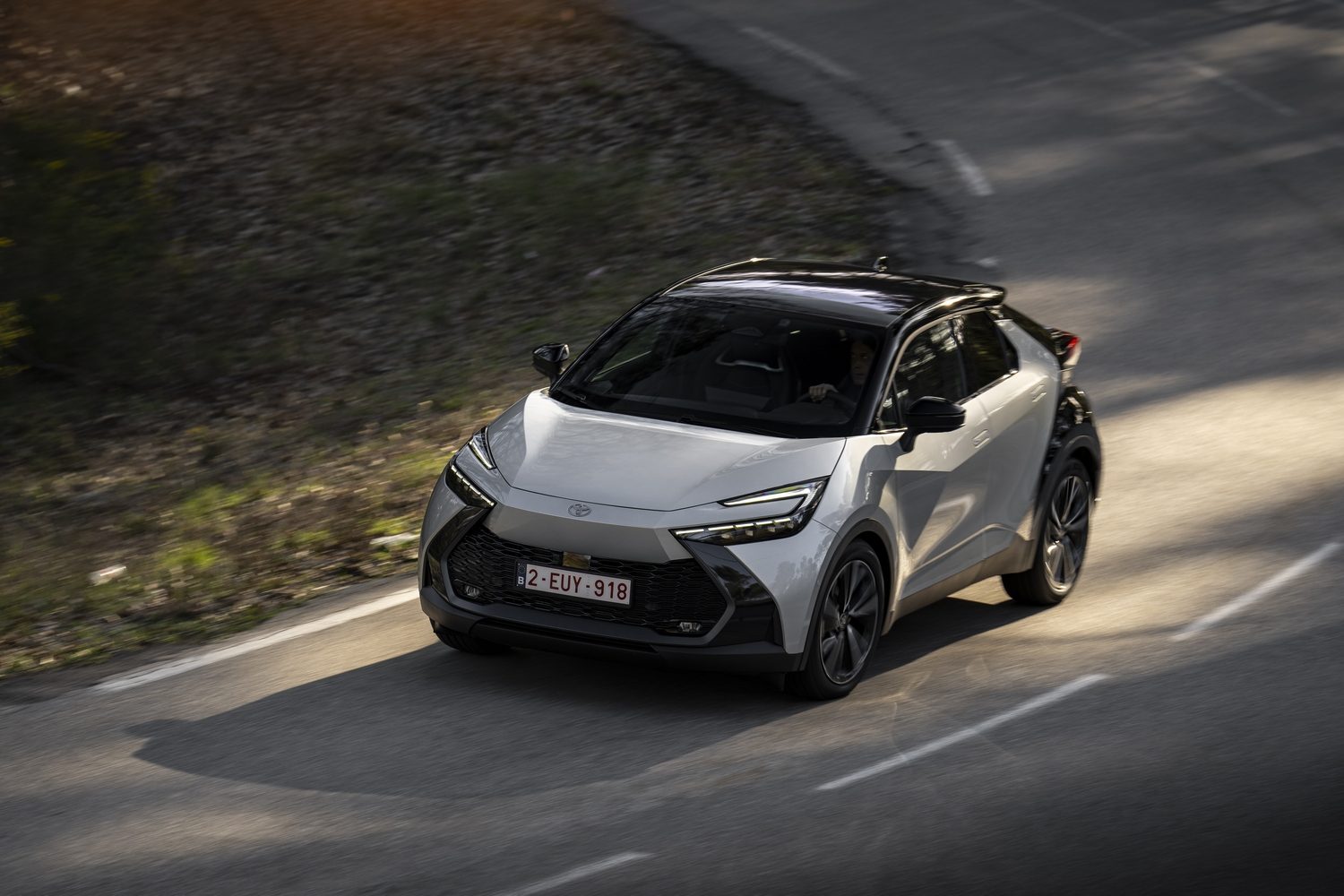
What you get for your money
Irish pricing is still being finalised, but it is expected the C-HR PHEV will start at around €45,000, making it one of the most expensive options in the C-HR line-up given that the hybrid range starts at €40,520. The PHEV will likely mirror the same equipment grades as the other hybrid versions with Sport, Sport+, Sol, Premiere Edition and GR Sprot Premiere Edition trims. When pricing is confirmed, this section of the review will be updated.
Summary
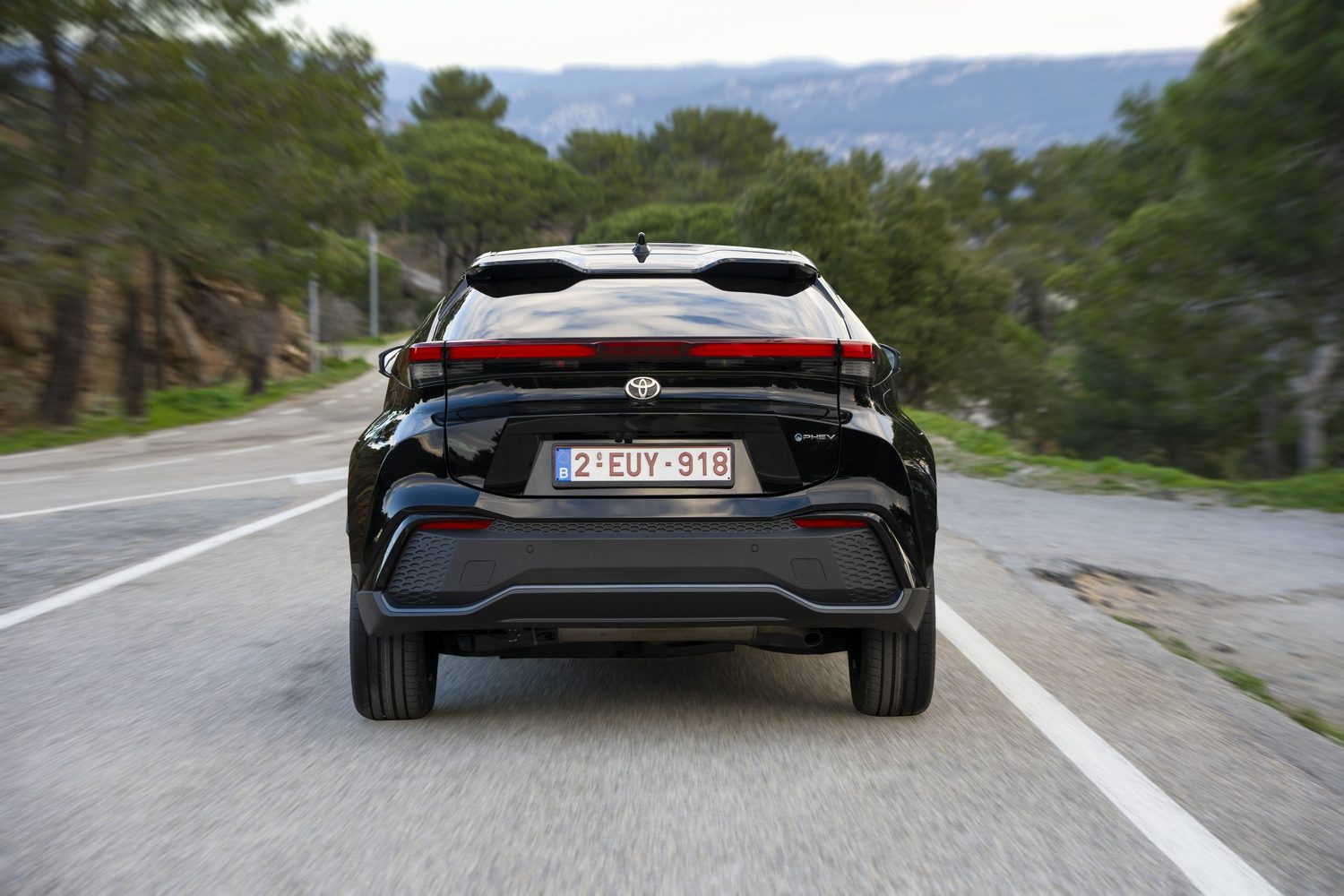
The Toyota C-HR already works well as a hybrid, and the plug-in hybrid adds another dimension of refinement to the crossover's repertoire. Of course, as with all PHEVs, its true performance comes down to how seriously you take the charging routine. If you can manage to charge it frequently then its 66-kilometre battery range should mean you'll do most or all your day-to-day driving using only the battery.

